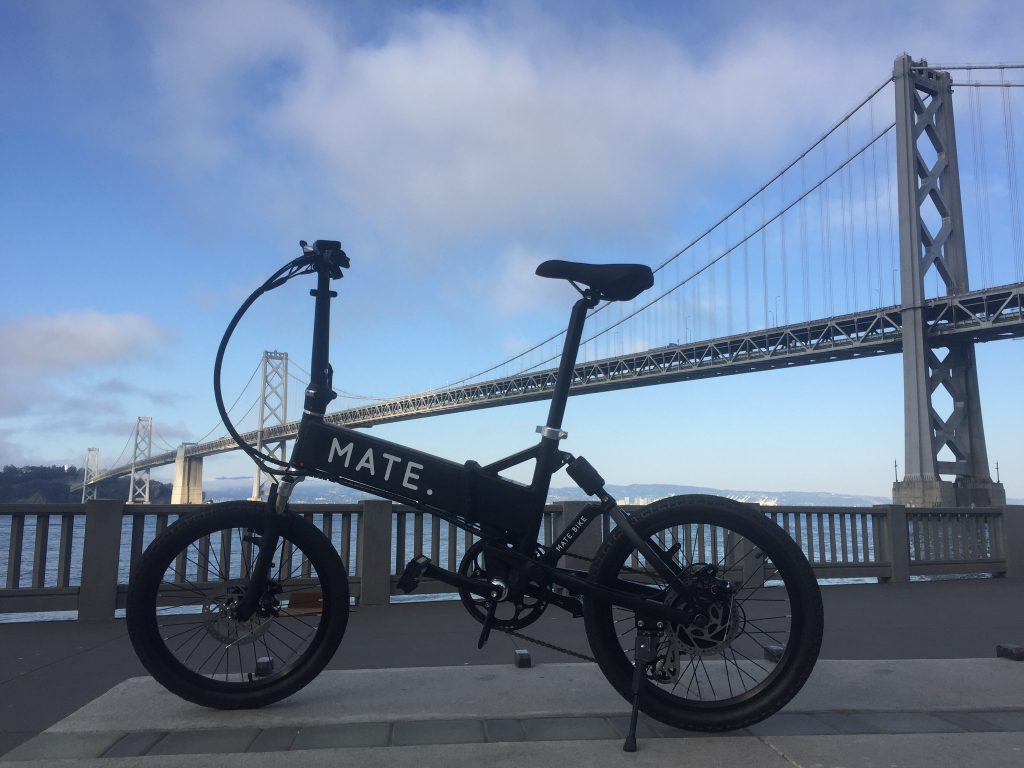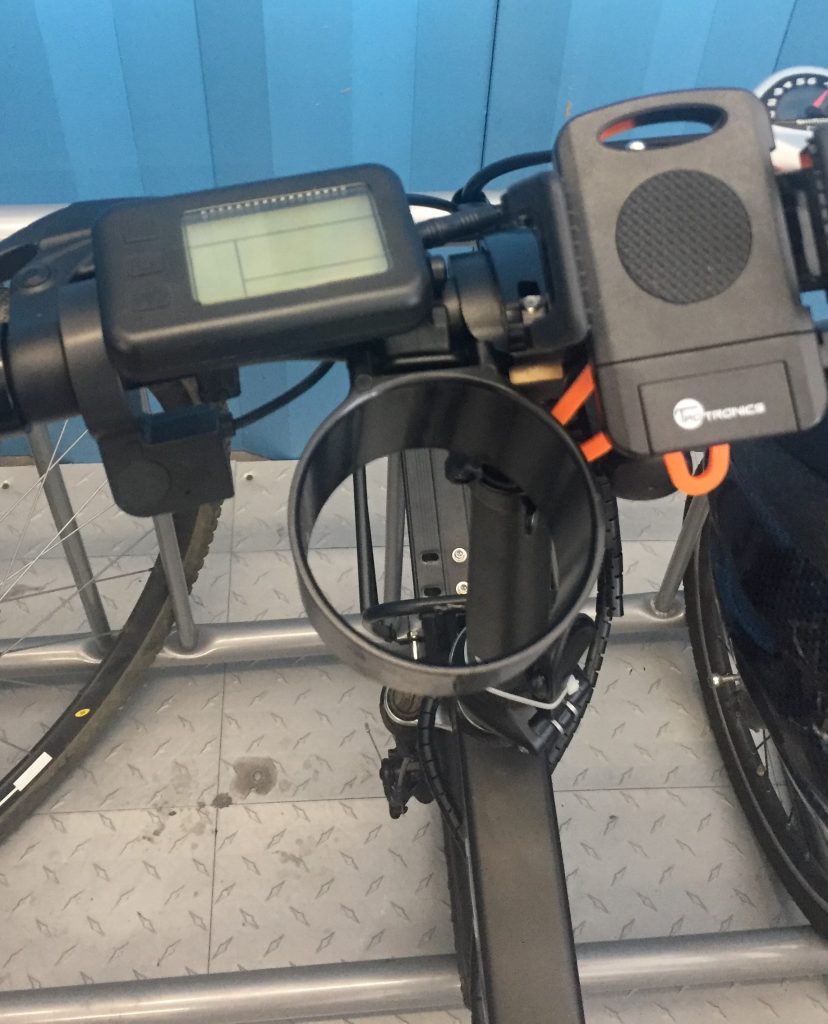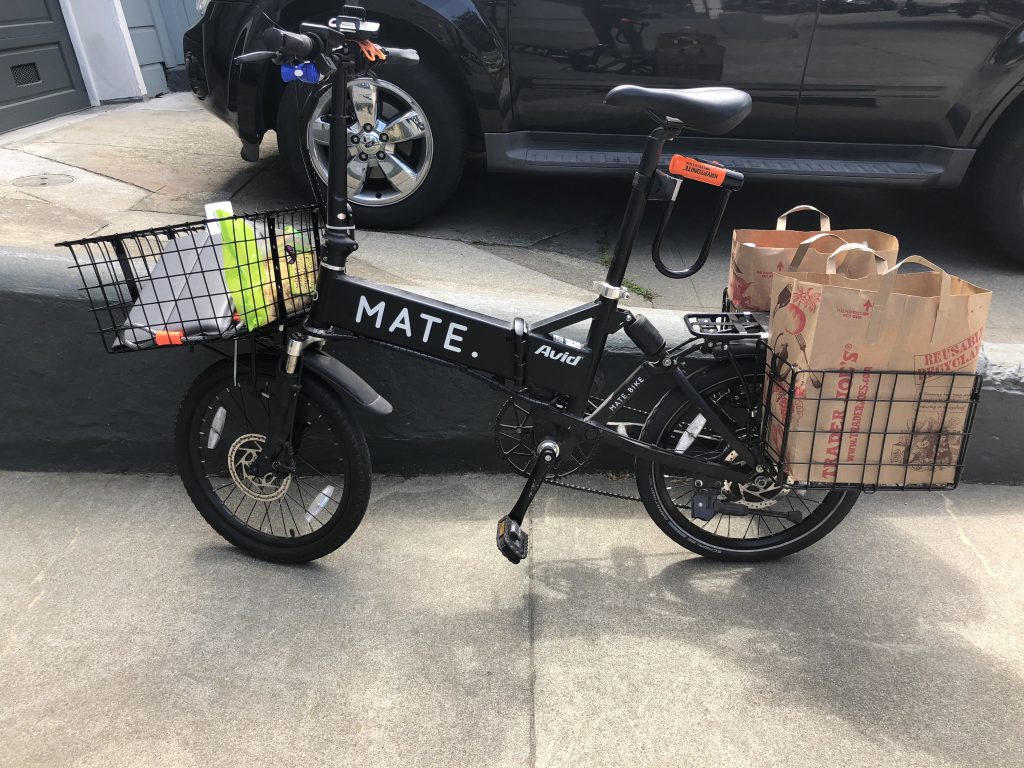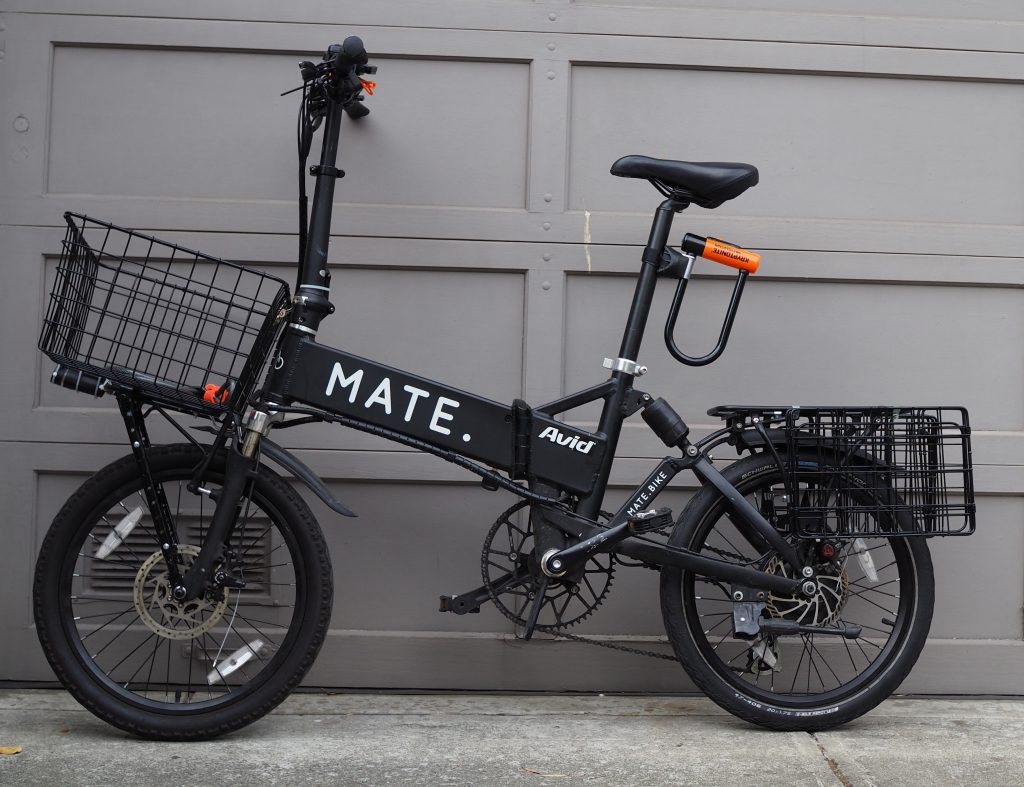San Francisco Neighborhood Organizing for Traffic Calming
Last winter I collected signatures from residents of our San Francisco block (on Waller St. in Lower Haight) to petition for SFMTA Traffic Calming. If successful, the petition will likely result in speed bumps or bulb-outs being put in. If you live in the neighborhood, Scott St. between Waller and Duboce is a good example of a traffic-calmed block.
I really love our little patch of San Francisco in Lower Haight / Duboce Triangle: It’s where I first moved to in San Francisco in 2011 and except for a couple of years in Nob Hill, I’ve lived in the general area ever since. I also care about biking and bicycle infrastructure, and streets being safe for our kids. Our block is right off The Wiggle, after it makes a turn. The city has done an OK job traffic-calming The Wiggle itself, but our block is straight and wide and some drivers tend to zoom through. It’s not the most dangerous block in San Francisco by any measure, but it’s not great either.
Traffic Calming is different from the “Slow Streets” program that the city made happen as part of the pandemic response. I didn’t appreciate it at the time, but Slow Streets is a fascinating phenomenon. Most San Francisco public works, including Traffic Calming, takes ages to get done, and has to go through multiple rounds of public consultation and deliberation. Slow Streets didn’t follow that process: the city of San Francisco more or less just decreed them into existence and that was that.
I initially tried to figure out if our street block could get the Slow Streets treatment. But there’s no bottoms-up process for that, and with the amount of controversy generated by existing Slow Streets I’m not sure SFMTA is going to try for more.
Collecting Signatures
Collecting the 20 signatures for the petition was a good experience. It was great to have a reason to just ring everyone’s doorbell, introduce myself and chat about the neighborhood (in fact maybe I should have just done that when we moved in years ago). I learned a bunch about who my neighbors are, how long they’ve lived here and lots of random bits of neighborhood history.
When it came to the traffic calming petition, almost everyone I spoke with were willing to sign. One or two thought that speed bumps or bulb-outs were too big a change and suggested just installing more signage. I empathize with that view but studies have shown that car drivers tend to adjust their speed according to the layout of the road, not to the speed limit or other sign-posted advisories: On roads that are straight and wide they go fast and on roads that are narrow, windy or have bumps they go slower. And one or two others didn’t favor any changes at all.
One interesting takeaway for me was that several neighbors that signed after more detailed discussion identified traffic calming and the petition with pro-bike efforts and expressed concerns about bicyclists impact on pedestrian safety. That’s surprising since Traffic Calming is not about adding more bike infrastructure and should improve safety for everyone, including motorists. One of my neighbors used as an example the time that the Waller and Pierce intersection was closed (to raise the road in the intersection if I recall). In his experience bicyclist following the Wiggle didn’t dismount and instead just rode on the sidewalk to get around the road closure, endangering pedestrians.
Biking on the sidewalk is wrong and illegal but in my opinion the danger posed by inconsiderate bicyclists is something of a red herring. After all, motorists reliably manage to kill around 30 people per year in San Francisco alone. The only case that I know of where a bicyclist killed someone is a much-publicized 2012 incident in the Castro. Even so, getting the feedback from my neighbors that they find bicyclists occasionally inconsiderate did make me more aware of how bikes are perceived in traffic and I’m now trying to be even more considerate when I bike around the neighborhood.
Moving Forward
The petition is currently in process with SFMTA. If you live on our block you may have noticed black pneumatic tubes temporarily draped across the street a couple of months ago. Those were for SFMTA to collect data on vehicle volume and speed and they’re working on processing that now. We’ll whether our block meets the criteria this fall, and I’ll keep everyone posted.



